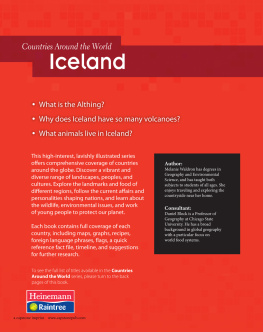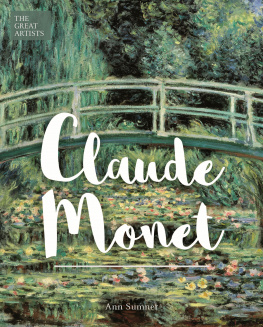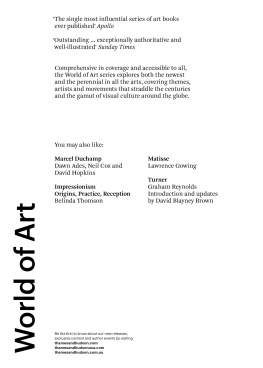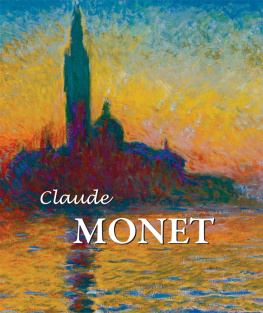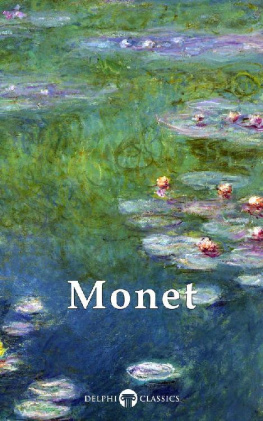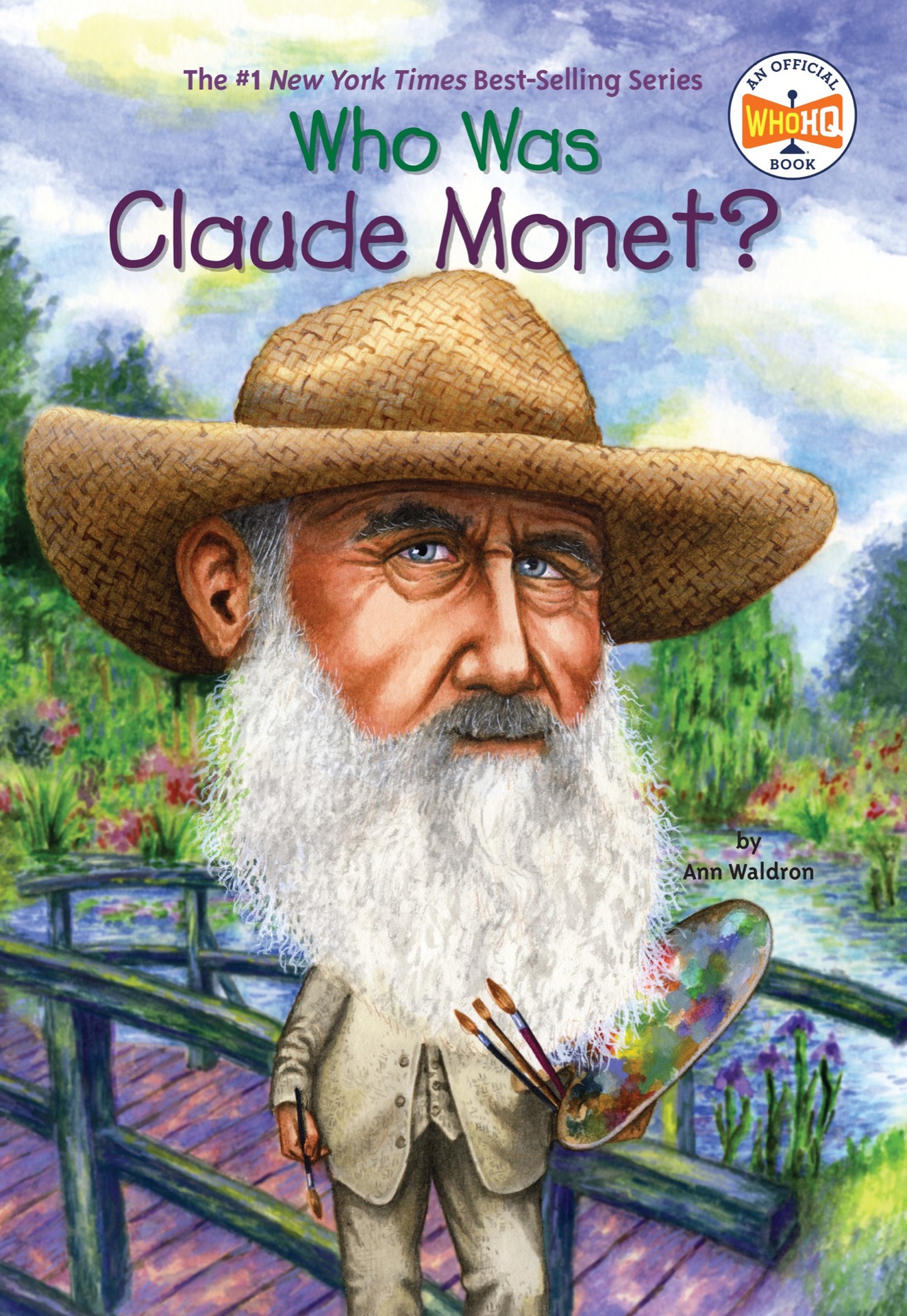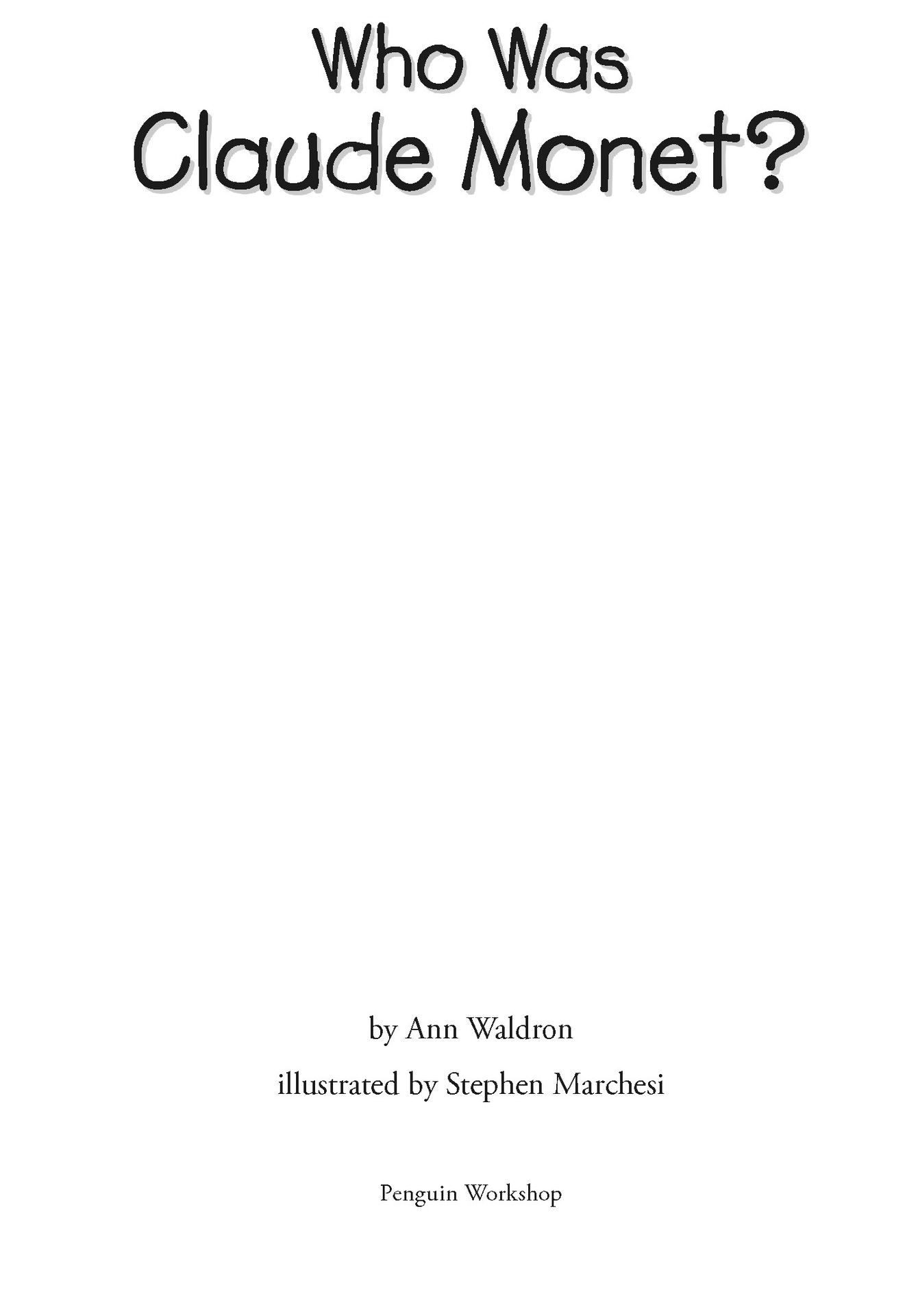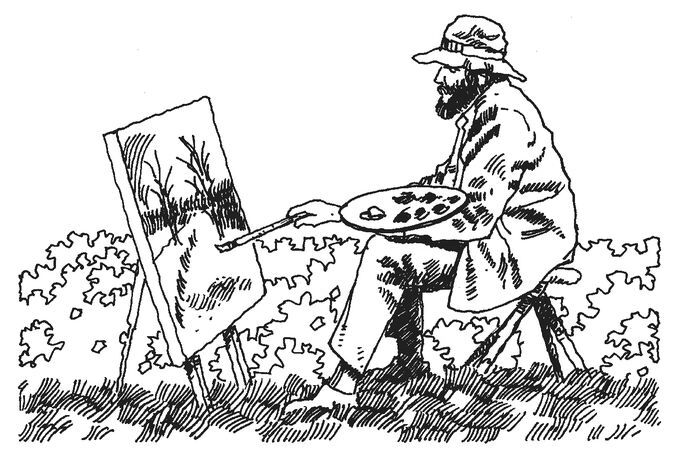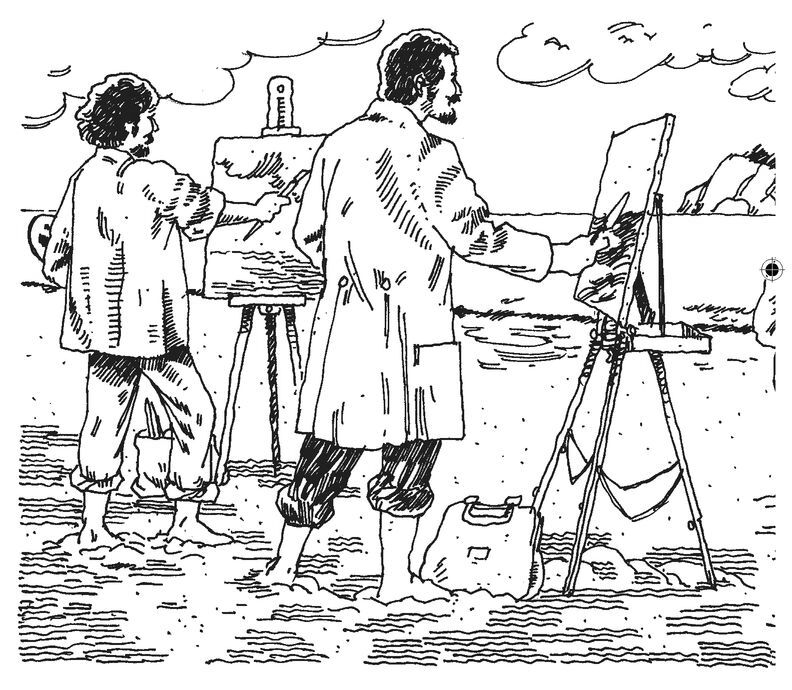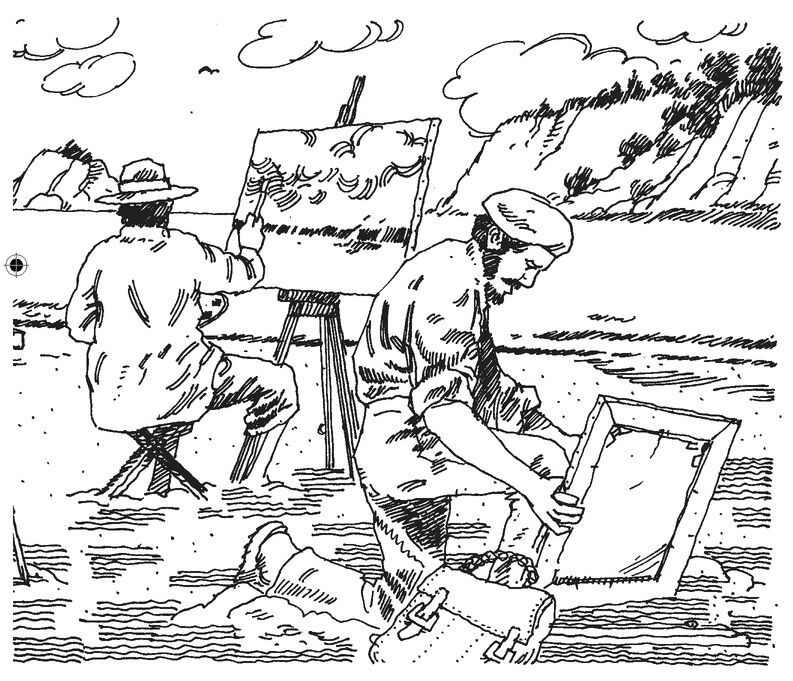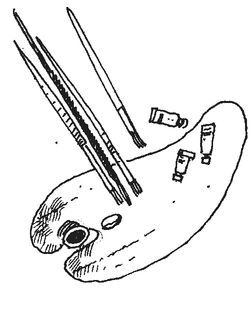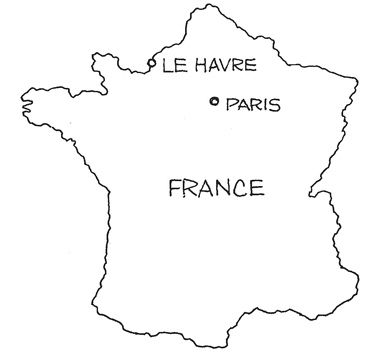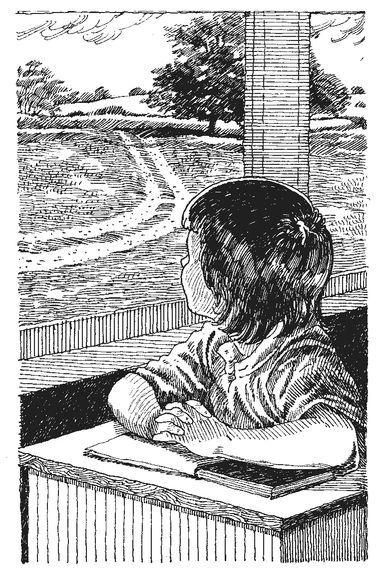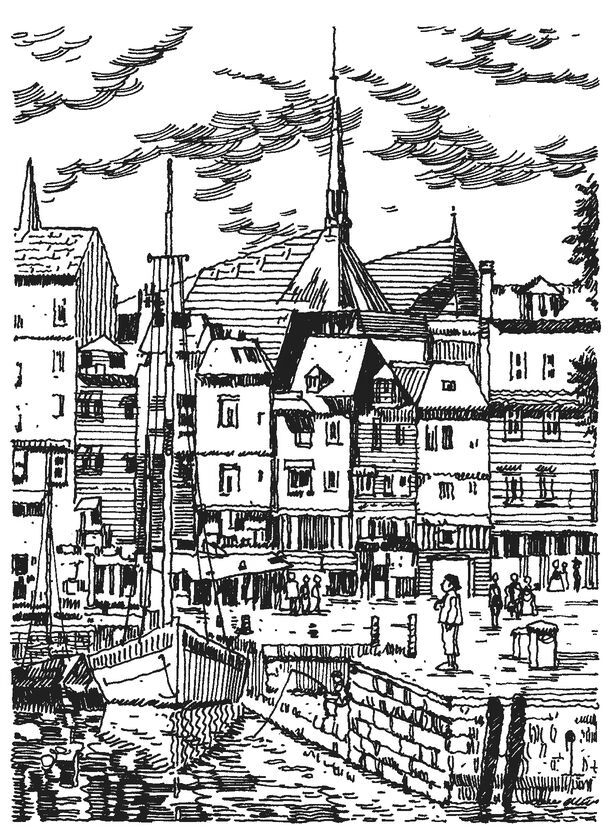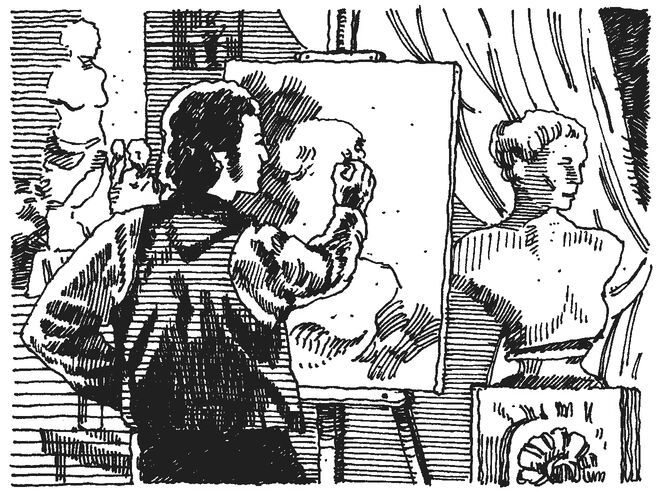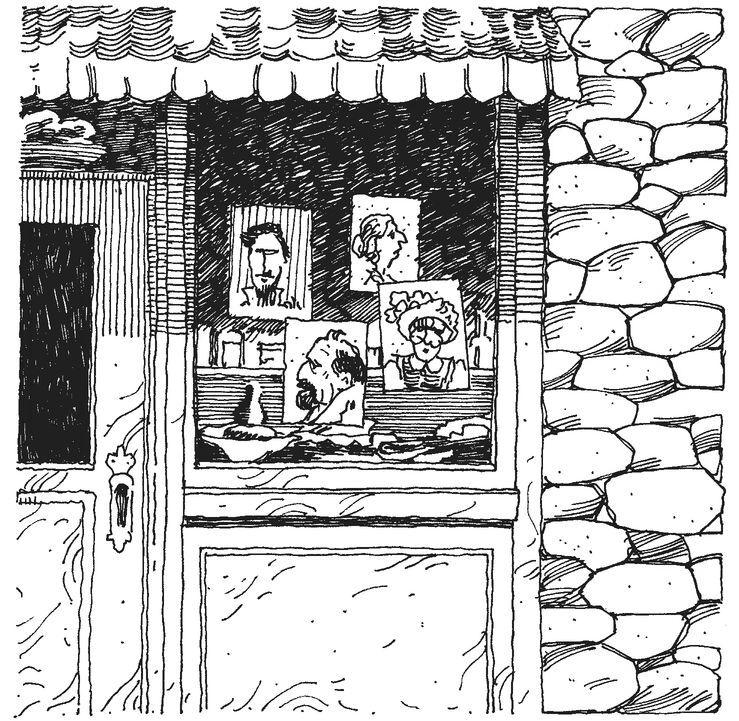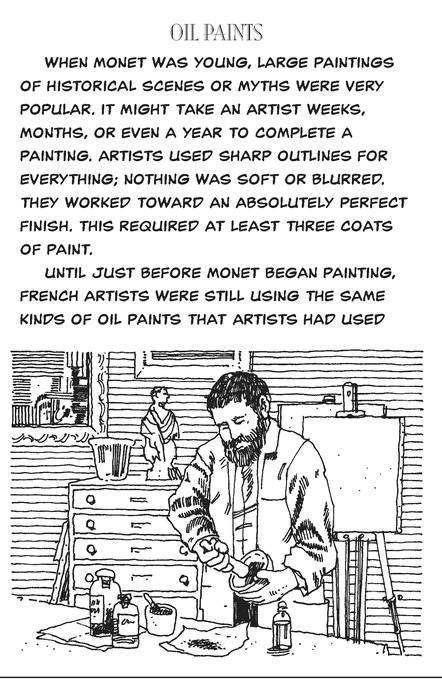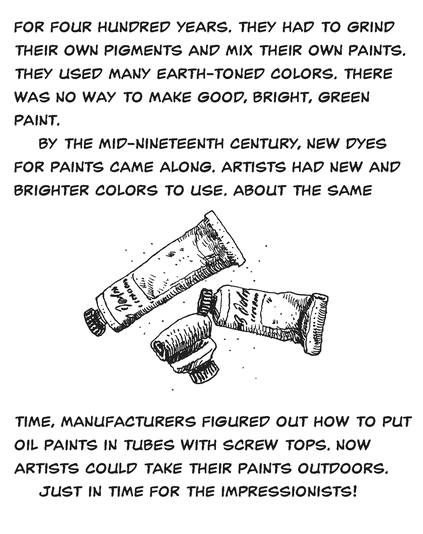PENGUIN WORKSHOP
An Imprint of Penguin Random House LLC, New York
Penguin supports copyright. Copyright fuels creativity, encourages diverse voices, promotes free speech, and creates a vibrant culture. Thank you for buying an authorized edition of this book and for complying with copyright laws by not reproducing, scanning, or distributing any part of it in any form without permission. You are supporting writers and allowing Penguin to continue to publish books for every reader.
The publisher does not have any control over and does not assume any responsibility for author or third-party websites or their content.
Text copyright 2009 by Ann Waldron.
Illustrations copyright 2009 by Stephen Marchesi.
Cover illustration copyright 2009 by Penguin Random House LLC. All rights reserved. Published by Penguin Workshop, an imprint of Penguin Random House LLC, New York. PENGUIN and PENGUIN WORKSHOP are trademarks of Penguin Books Ltd. WHO HQ & Design is a registered trademark of Penguin Random House LLC
Visit us online at www.penguinrandomhouse.com.
Library of Congress Control Number: 2008051458
ISBN 9780448449852 (paperback)
ISBN 9781101149454 (ebook)
Version_2
Contents
Who Was Claude Monet?
Claude Monet brought sunshine into painting.
He was one of the first artists to work outdoors. That may not sound unusual to us. But before 1870, most artists did all their painting in studios. They used models dressed up as Greek gods or heroes from history. They painted with dark colors so their pictures would look more serious. They might have sometimes gone outside to draw a scene, but they always came back inside to paint the finished picture.
Claude Monet and his artist friends broke the rules. Even as art students in Paris, they took their easels and paints and brushes outdoors to paint riverbanks or woods. They made trips to the seashore and painted all day long.
They wanted to show the way sunlight made water and trees and boats look at different times during the day. If they painted people, they painted ordinary people in ordinary clothes. They used bright colors and painted quickly.
For years, Monet earned hardly any money. Sometimes he could not pay the rent; sometimes his family had no heat; sometimes they went hungry. Still, Monet would not give up.
Today, he is one of the most famous artists ever. Paintings by Monet sell for millions of dollars and hang in museums all over the world. We are all lucky that Claude never stopped believing in his art.
Chapter 1
A Boy Who Loved Drawing
The artist Claude Monet was born in Paris, France, on November 14, 1840. But when he was five, his family moved to Le Havre, a great seaport.
As a boy Claude hated school. His school was open only two hours in the morning and two hours in the afternoon. Still, he could barely stand it. School always made him feel like he was in a prison. When the sun was shining, he wanted to be outdoors, in the fields, or by the sea. Throughout his life he was a person who never wanted to stick by the rules.
Claudes father was a grocer. He sold supplies to the captains of the tall ships in the harbor.
Claude loved to go down to the docks. He liked to watch the men unload cargo from ships. There was mahogany from South America, sugar from the West Indies, coffee beans from Java, tea from India, and dates from Persia. He liked to hear the men speaking foreign languages.
Claudes mother died when he was sixteen. His Aunt Marie-Jeanne had no children of her own so she helped to raise him.
He was a tall, cheerful boy. He always liked to draw. He began drawing pictures of imaginary animals and funny pictures of his teachers.
Claude also took drawing classes. His teacher taught the way everybody taught art then.
Students first drew pictures of statues. After years of this, the students were allowed to draw living people. If they took classes long enough, the students would learn to paint.
Claude did not like the teacher or the class. He kept on with his own drawing, using a pencil or pen and ink to turn out quick sketches of people in Le Havre. A store that sold art supplies framed his drawings and put them in the window. Claude sold many of his pictures.
The store owner introduced him to a local painter. His name was Eugne Boudin. He liked to paint landscapespictures of nature. Boudin invited Claude to spend the day painting with him. Claude said no at first. Boudins little pictures sold for far less money than Claudes cartoons. Then one summer day, he gave in and bought some oil paints. Then he set out with Boudin for the country.
Boudin was one of a handful of artists who painted outdoors. When Claude watched his new friend painting the sky and the fields exactly as they were, his eyes opened.
Claudes life changed.
He wanted to go to Paris to study painting. His father wanted him to go into the grocery business. But his aunt encouraged Claude. She, too, was a painter. In 1859, he left Le Havre for Paris. Claude was eighteen years old. The money from his funny pictures was more than enough to support him.



